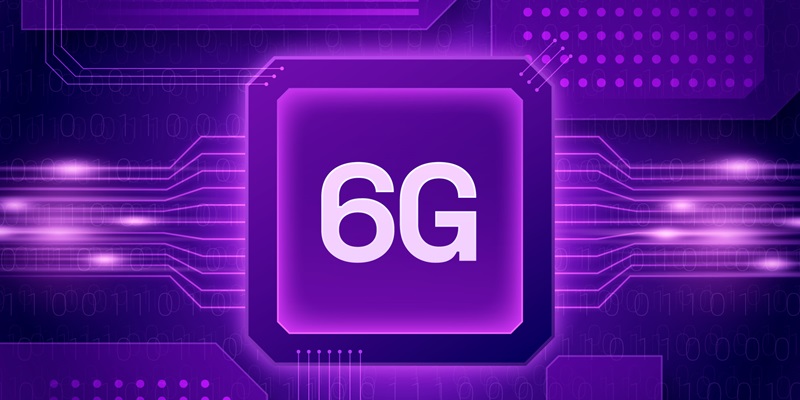Nvidia’s introduction of the 6G Research Cloud at the GTC event signals a significant pivot for the graphics giant toward next-gen telecom technologies. This move reflects the overarching telecom trend where the distinction between hardware and software is increasingly hazy. Nvidia’s platform, designed to support the creation and evaluation of AI-driven network optimization algorithms, showcases the company’s commitment to advancing telecom infrastructure. The implications of this technology are profound, poised to revolutionize telecom service delivery and experience. By harnessing Nvidia’s prowess in AI and graphics, the 6G Research Cloud could be a catalyst for breakthroughs in faster, more efficient communication networks, underscoring Nvidia’s evolving role in the telecom sector. This pivot is not just strategic but indicative of the company’s adaptability to the dynamic tech landscape.
Pioneering 6G Innovations
At the heart of Nvidia’s strategic play is the Nvidia Aerial Omniverse Digital Twin for 6G, an ambitious digital replica of the physical world that will allow for deep simulation and testing of 6G networks. The Digital Twin concept, though not entirely new, is about to be turbocharged by Nvidia’s GPU technology. The enhanced capability to simulate complex networking scenarios promises significantly reduced development timelines and cost savings for telecom operators. By providing an unprecedented level of detail in the simulations, Nvidia’s platform could lead to more reliable and efficient network deployments—a critical aspect for supporting future 6G use cases that demand ultra-low latency and massive data throughput.
Strengthening Industry Collaboration
With major partnerships already in place, including ties with Nokia and Samsung, Nvidia is securing its platform at the center of a collaborative ecosystem that spans not only telecom giants but also academia and specialized software firms. This broad industry support for Nvidia’s venture underscores the platform’s potential to act as a catalyst in fostering innovation across the telecom sector. By leveraging the Sionna Neural Radio Framework, Nvidia provides a foundation for advanced deep learning models specifically tailored for radio communications, positioning itself at the forefront of AI-centric network enhancements. Such collaborations are key to ensuring that the telecommunications industry can push the boundaries of what is possible with 6G, ultimately shaping a future where connectivity is more adaptable, efficient, and powerful than ever before.

